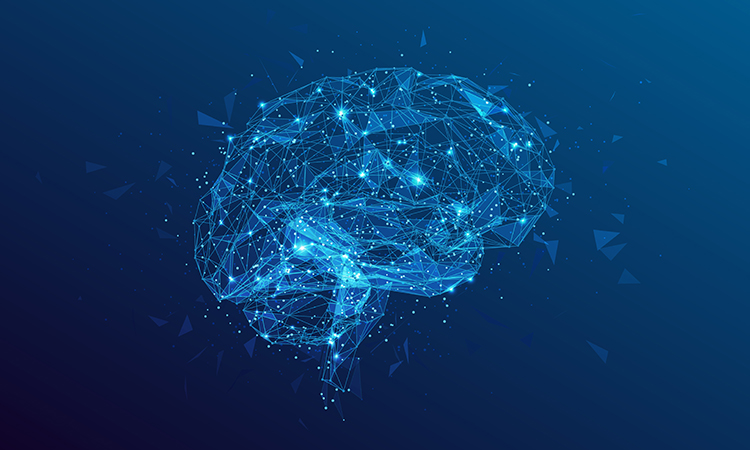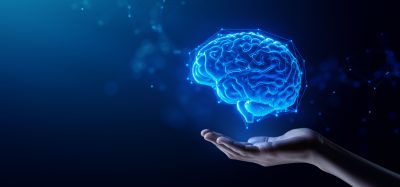Documenting the mammalian brain using machine learning
Posted: 24 November 2023 | Ellen Capon (Drug Target Review) | No comments yet
Novel approaches to brain disorder diagnosis and treatment may be developed following a project to form a map of the mouse hippocampus.


Dr Jeff Lichtman, Jeremy R Knowles Professor of Molecular and Cellular Biology at Harvard University, has pioneered a field known as ‘connectomics’, creating maps of the brain in an attempt to understand this organ that has nearly 100 billion neurons communicating across trillions of synapses. Lichtman’s ultimate goal is to form a ‘connectome’, a whole-mammalian brain map that accounts for every neural connection.
Currently, Lichtman and his partner organisations, including Cambridge University, John Hopkins, MIT and Princeton University, have received $30 million from the National Institutes of Health and $3 million from Harvard and Princeton to support the capturing of synapse-level connectome data from a mouse brain at new clarity and resolution. They will attempt to image a 10 cubic millimetre-region in the mouse hippocampal formation. The hippocampus, positioned in the temporal lobe, is phylogenetically one of the oldest parts of the brain and forms part of the limbic system.1 It is responsible for complex tasks like memory consolidation and spatial navigation.
Promise of new diagnostics and treatment
New approaches may be found for diagnosing and treating a range of brain disorders, such as schizophrenia, by creating a connectome of the human brain. Scientists believe that these condition are ‘connectopathies’, subtle miswirings that no current brain scans can detect.
Lichtman stated: “Connectomics is the only pathway…If we get to a point where doing a whole mouse brain becomes routine, you could think about doing it in, say, animal models of autism. There is this level of understanding about brains that presently doesn’t exist. We know about the outward manifestations of behaviour. We know about some of the molecules that are perturbed. But in between, the wiring diagrams, until now, there was no way to see them. Now, there is a way.”
The National Institutes of Health (NIH) awarded new recipients of the Brain Research Through Advancing Innovative Neurotechnologies® Initiative (BRAIN Initiative) funding. The Harvard team is funded through the BRAIN Initiative Connectivity Across Scales network, targeted at developing research capacity and technical capabilities for creating wiring diagrams of whole brains.
John Ngai, Director of the BRAIN Initiative, said: “Current techniques lack either the resolution or the ability to scale across and map out large regions of the entire brain; information that is essential for unravelling the mysteries of this incredible organ.”
Similarity of mammalian brains
According to Lichtman, the difference between a mouse brain and a human brain is nondetectable, despite mice brains being smaller. He explained: “At the levels of cells and synapses, all mammalian brains are basically the same.”
Achieving a mouse brain map has been made possible by advances in computing and data processing, as well as previous work by Lichtman and other researchers like Professor Florian Engert in molecular and cell biology, studying the brains of fruit flies and zebrafish. The mouse brain would act as an early proving ground for human brain imaging.
Machine learning
Operating biological imaging techniques invented by Lichtman and his colleagues, the researchers will carry out a two-tiered system for the NIH project. Two 91-beam scanning electron microscopes, one at Harvard and one at Princeton, will receive images of thin sections of the mouse hippocampal formation. The surface of each section will be etched away with an ion beam, nanometres at a time. This imaging process will be repeated until the entire volume is visualised, after which time a team at Google Research will computationally extract the wiring diagram with machine learning. Engineers led by grant-investigator Viren Jain will apply artificial intelligence (AI) algorithms to the brain images to categorise and colour-code nerve cells and synapses. Google will also aid in sharing the map publicly.
It is expected that 10,000 terabytes of data will be produced for the 10-square-millimetre mouse brain section. For a whole mouse brain, 50 times that amount of data would be produced. The project will run for five years and 50 terabytes of data will be generated per day.
Reference
1 Cherubini E, Miles R. The CA3 region of the hippocampus: how is it? What it is for? How does it do it? Frontier. Cellular Neuroscience. 2015 February 5 [2023 October 17]; 9(19)1-3. Available from: https://www.frontiersin.org/articles/10.3389/fncel.2015.00019/full
Related topics
Artificial Intelligence, Machine learning, Neurosciences
Related conditions
Schizophrenia








